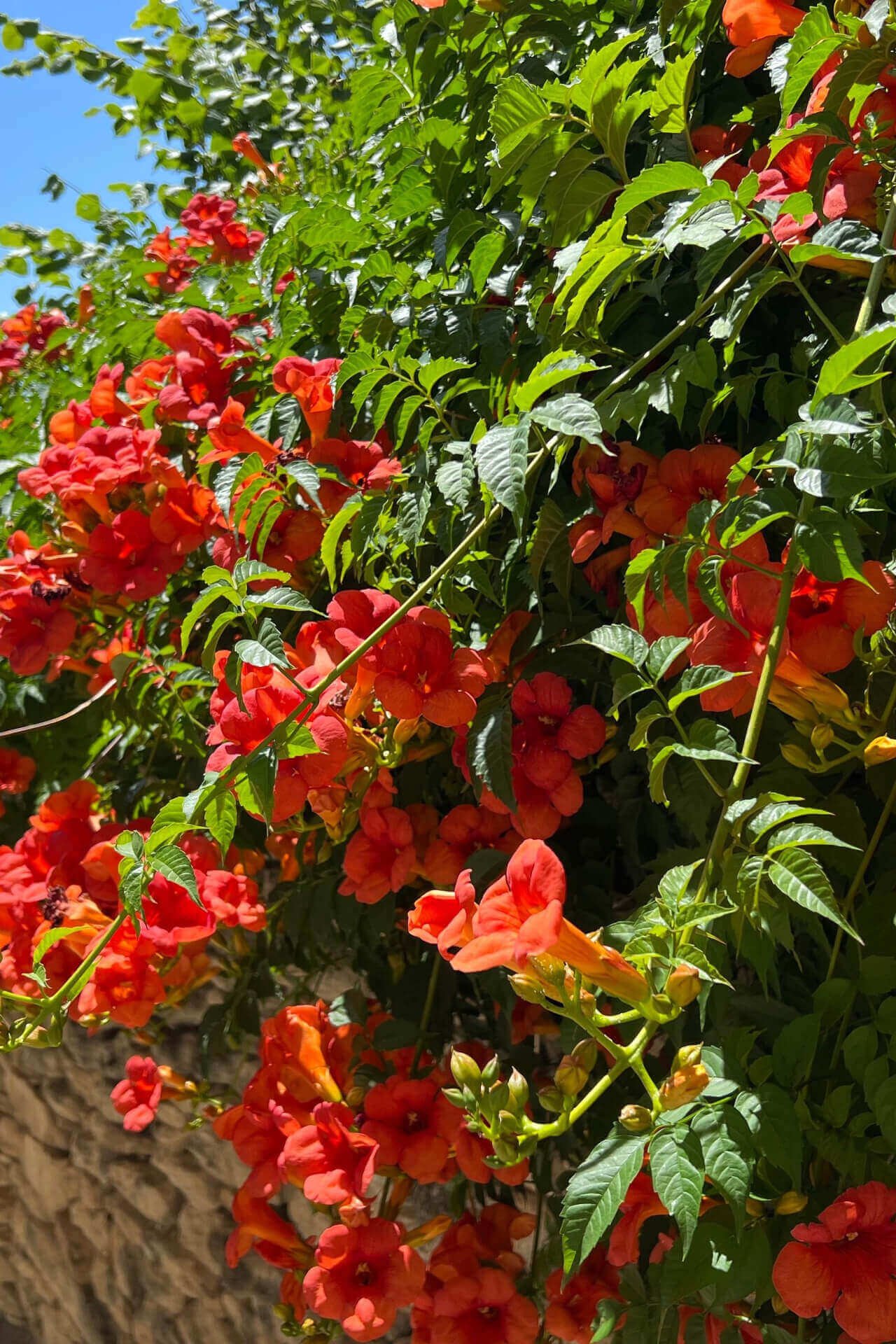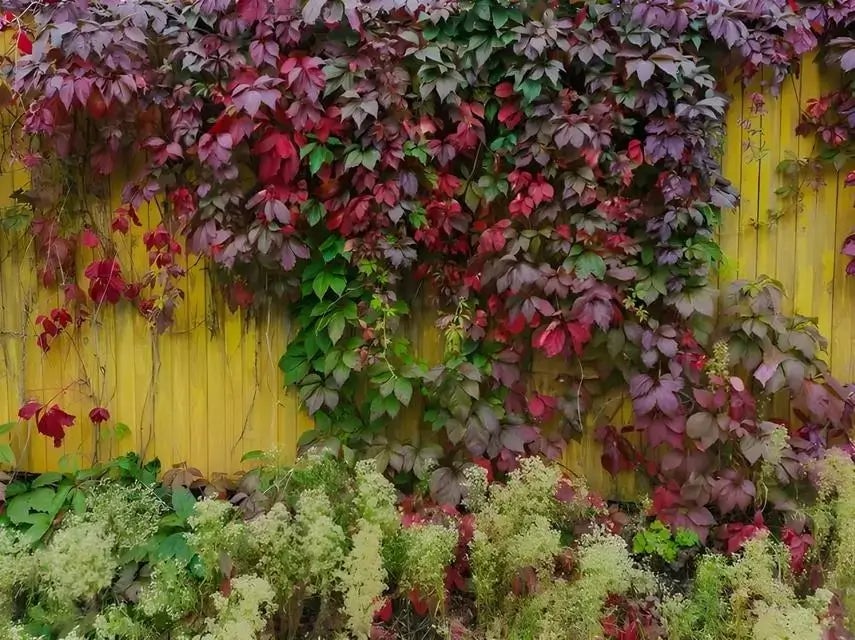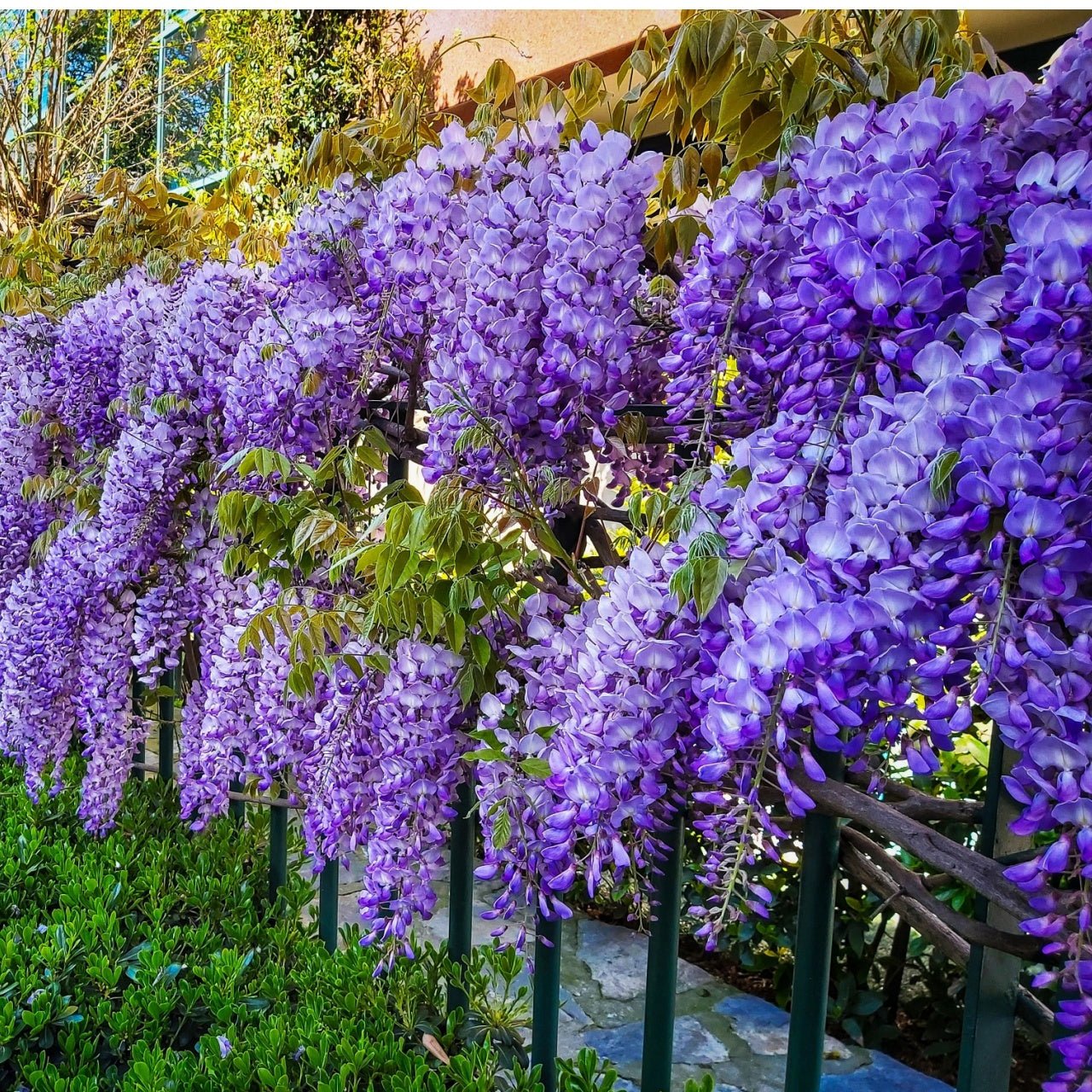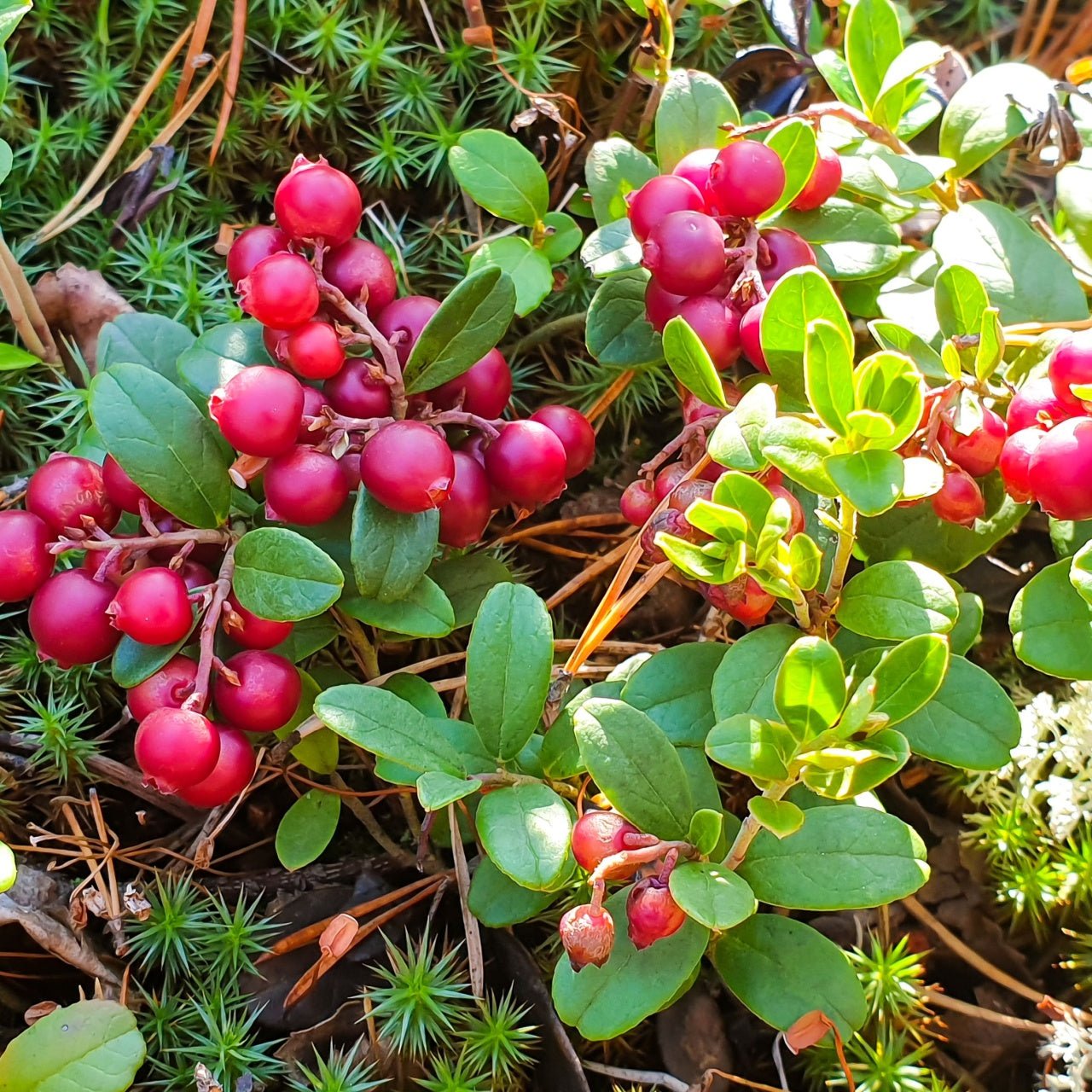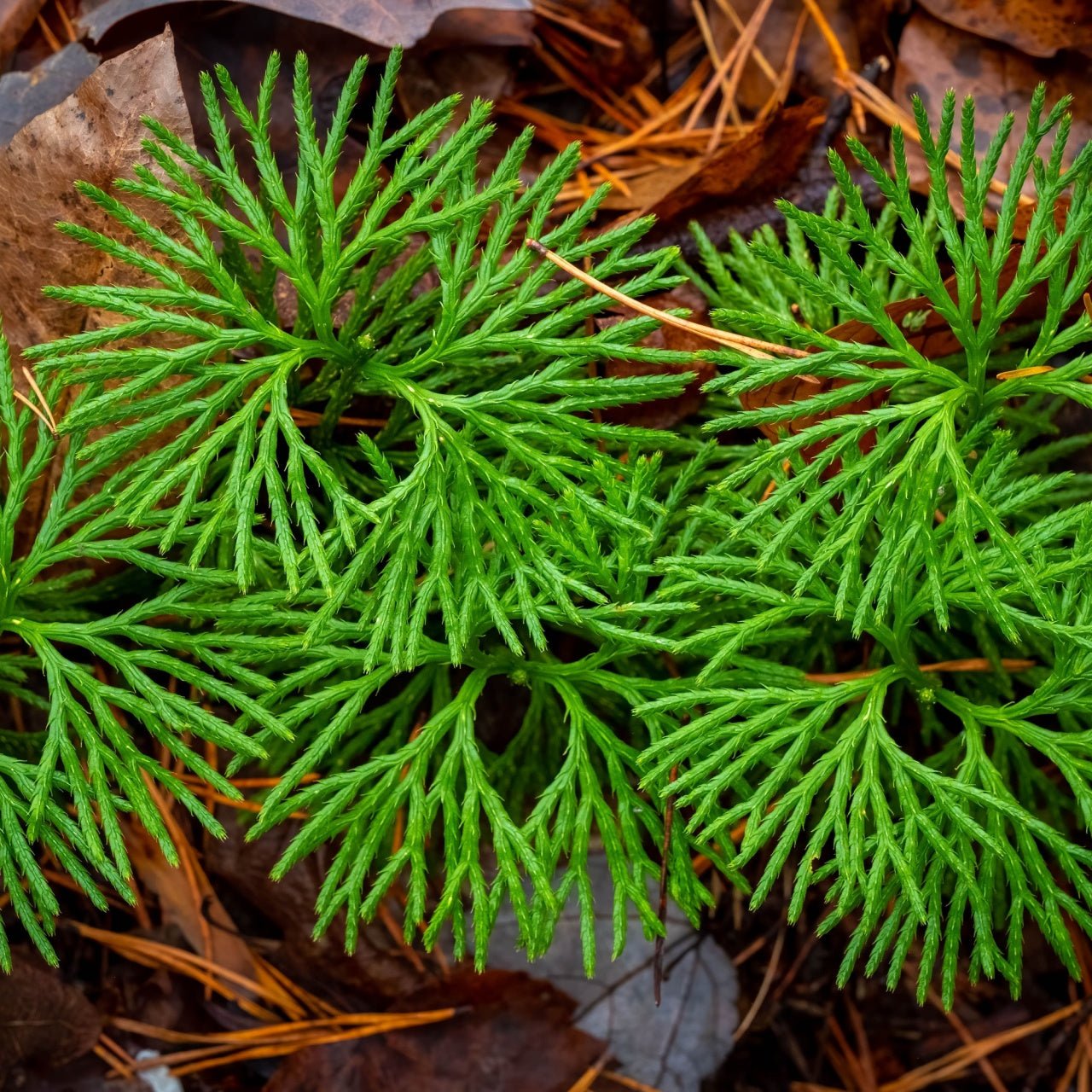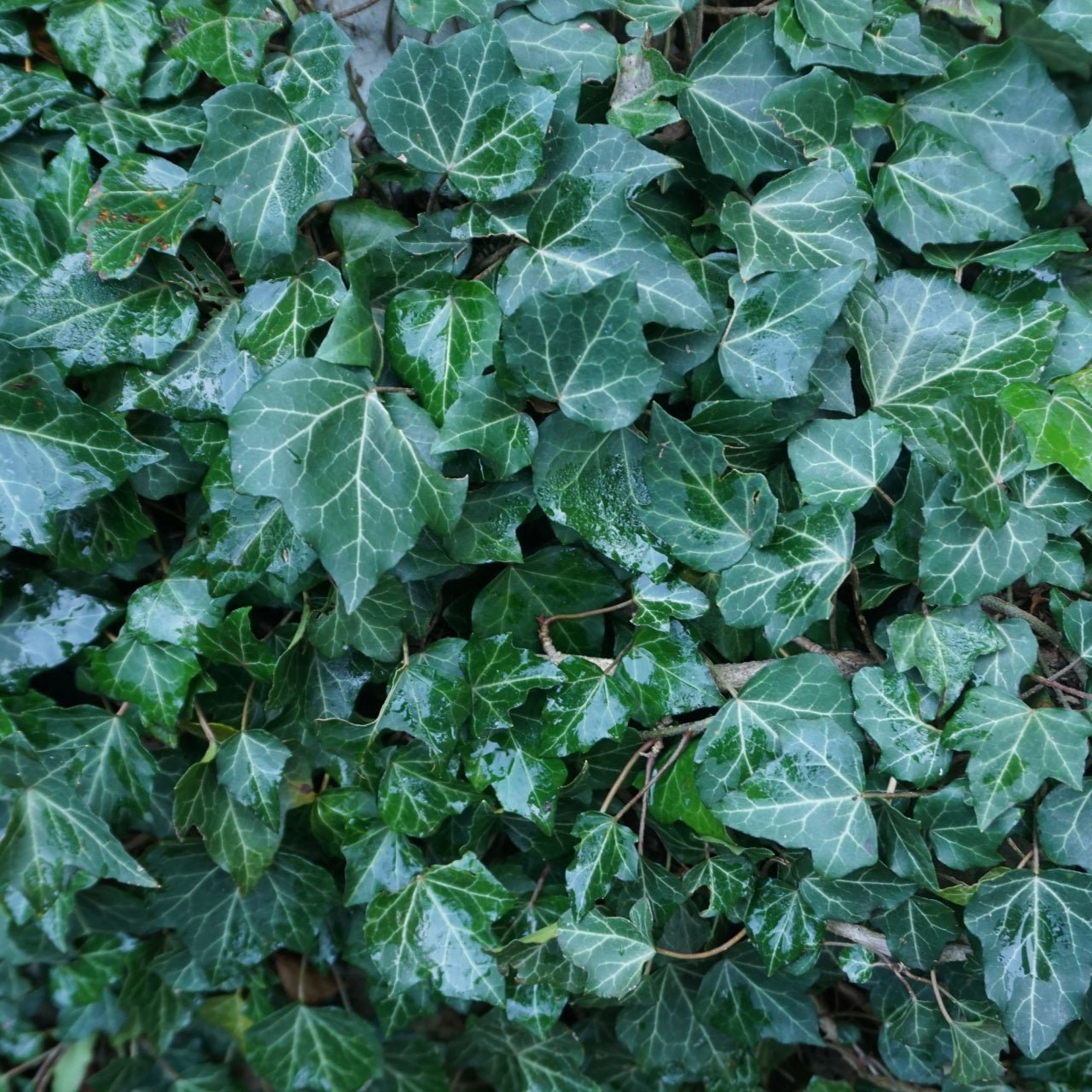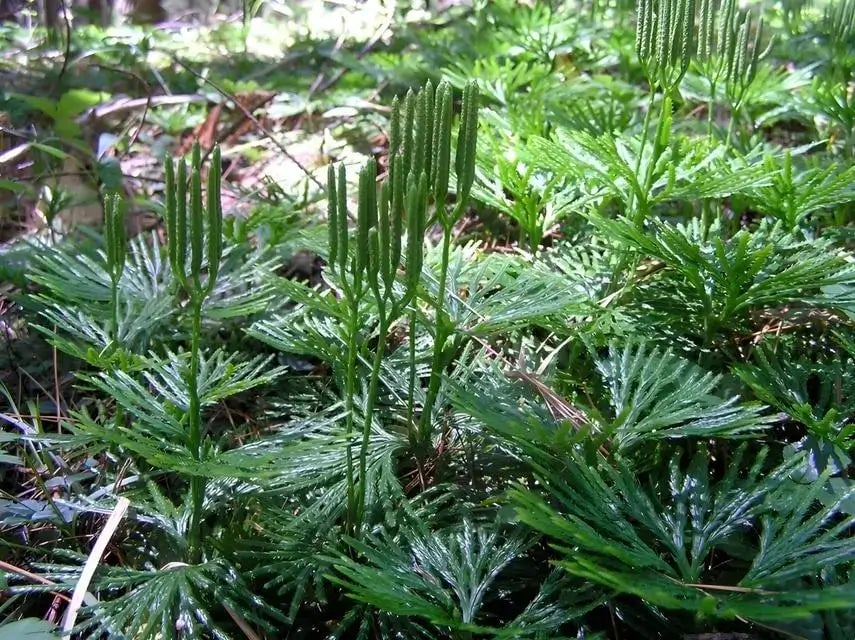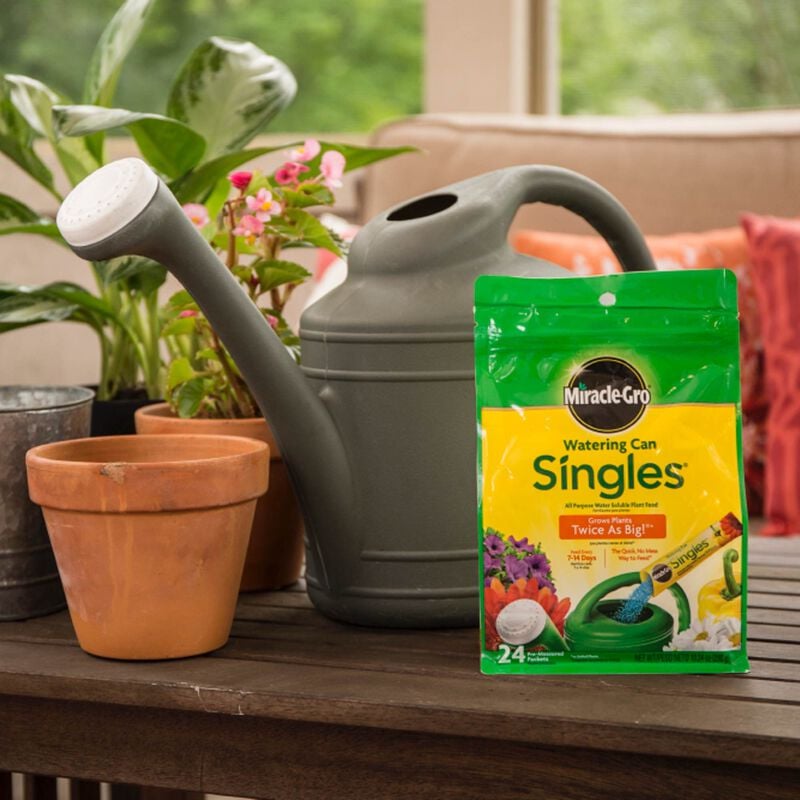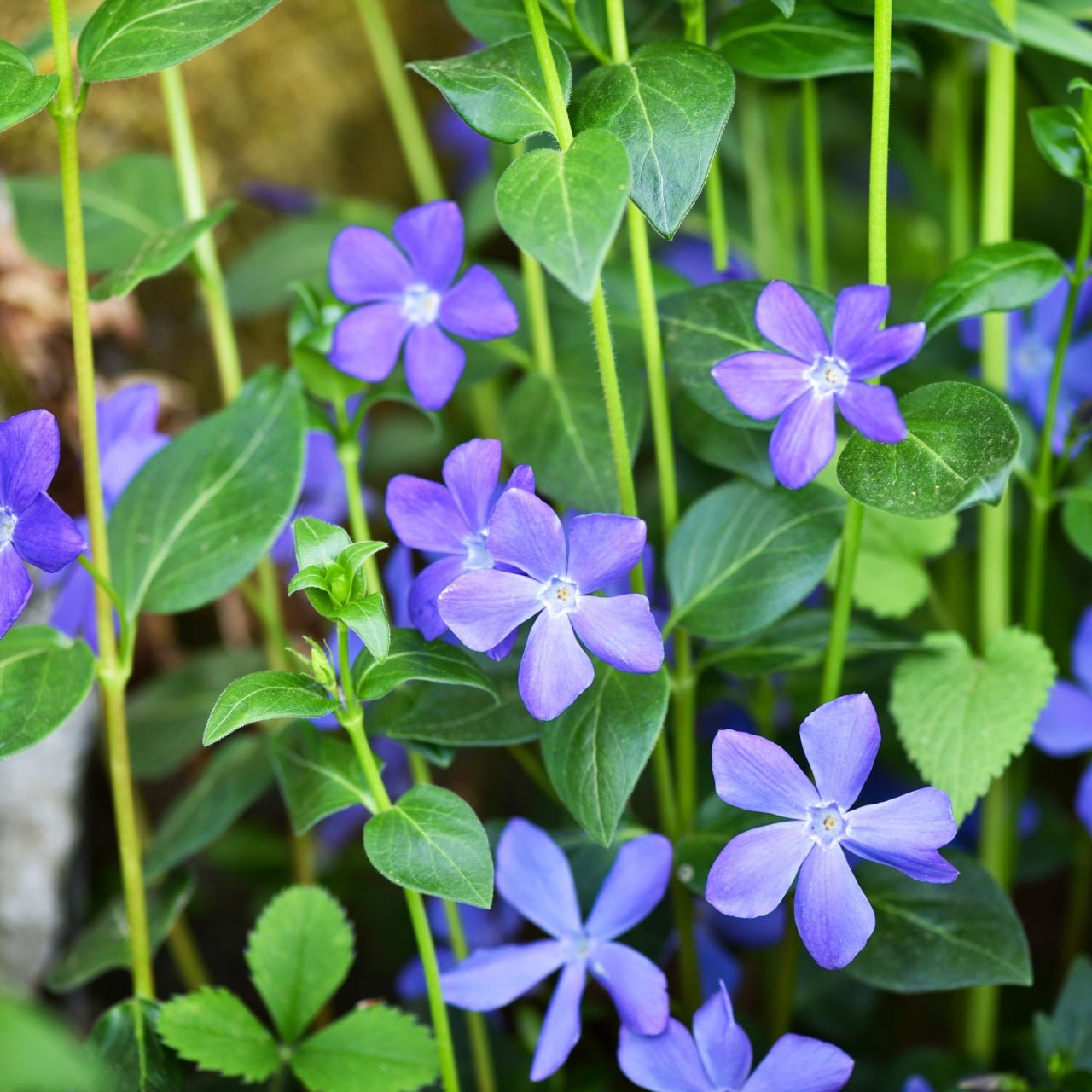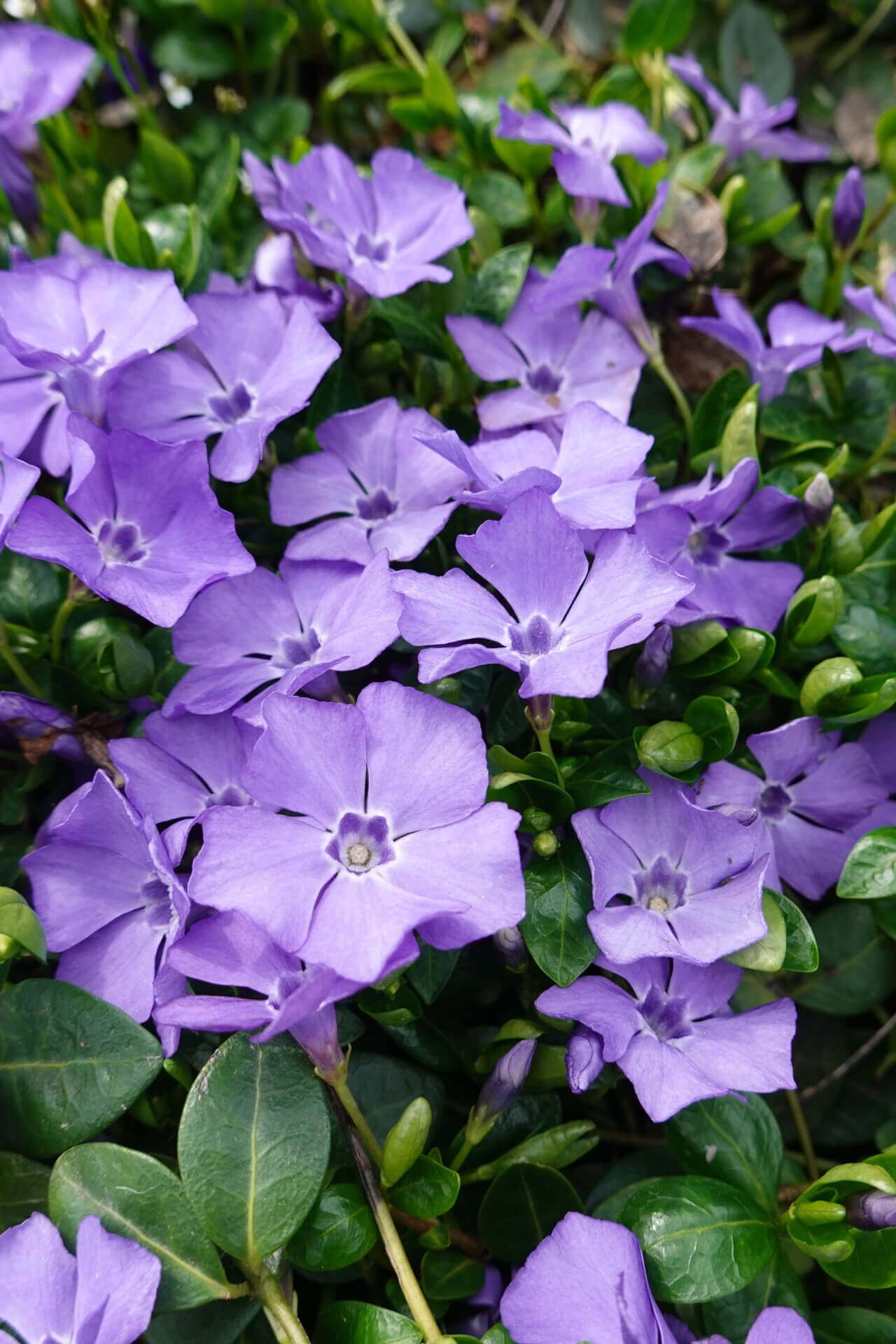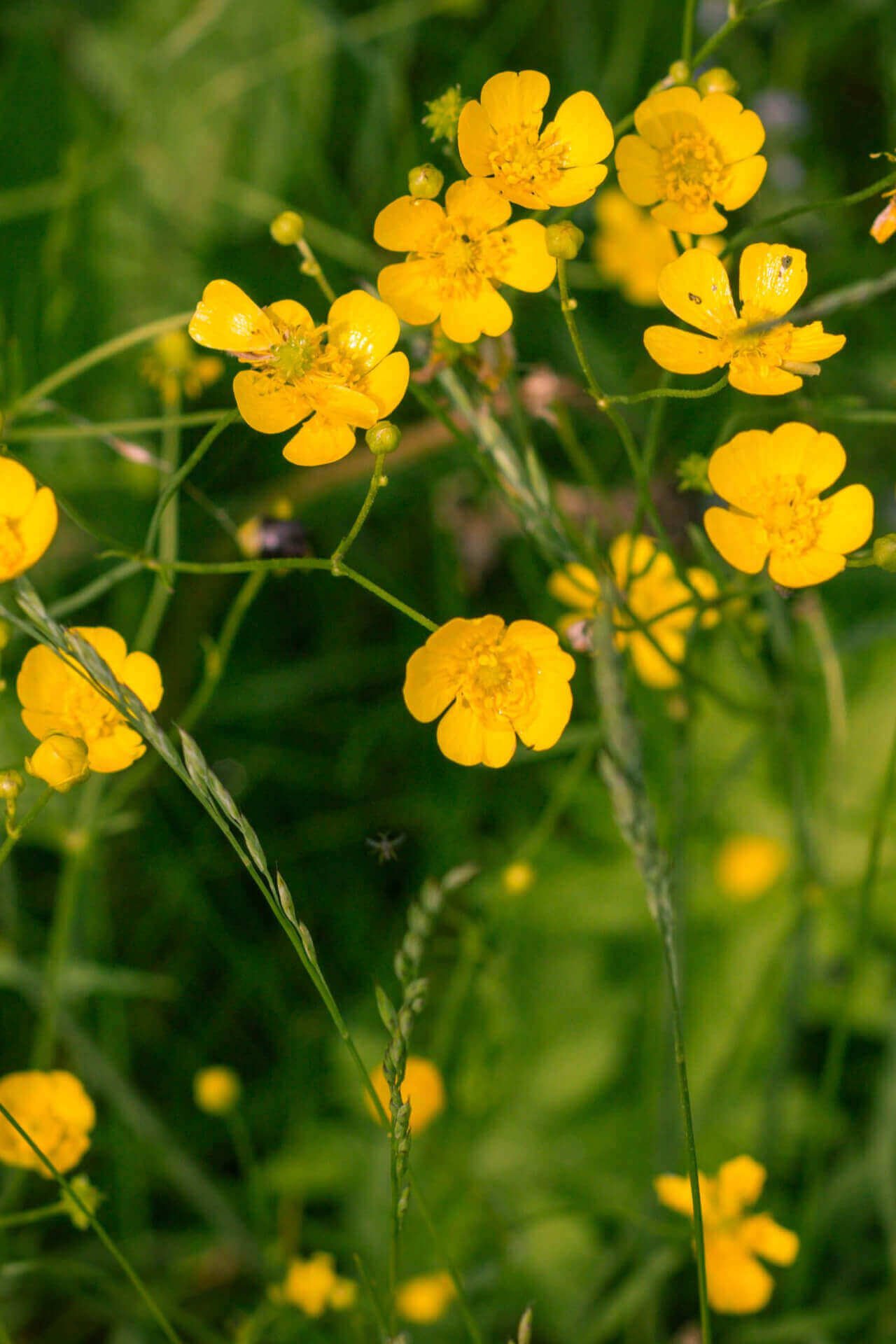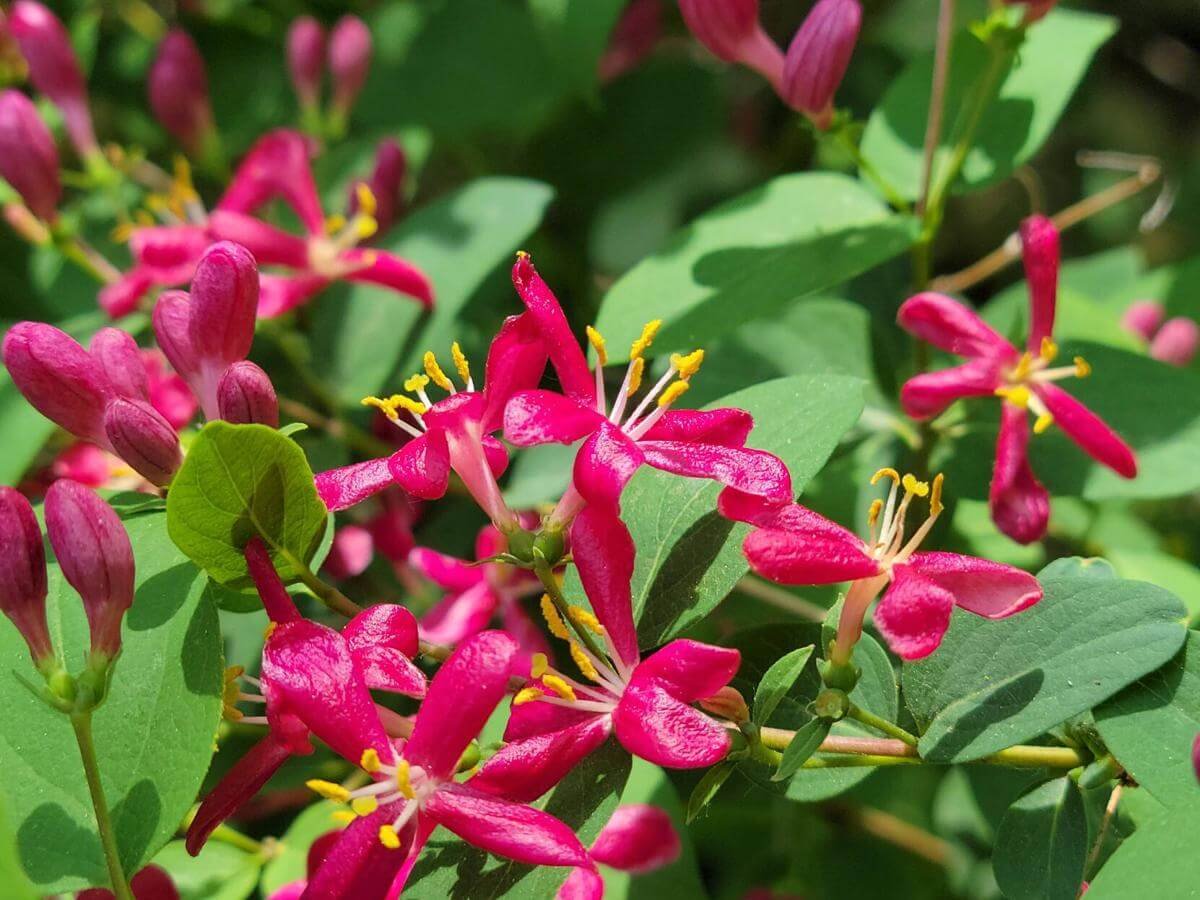Filters
Vines
Vines are the secret ingredient behind any vibrant, diversified garden. They provide both form and function in yards of all sizes and are an excellent choice for erosion control, weed management, and more.
There's more erosion control to vines than what first meets the eye. These customer favorites come in all shapes and sizes, from leafy, woody varieties to herbaceous, flowery cultivars. Some even grow fruit to share with friends and family, including Concord, Catawba, and Fredonia grapes.
TN Nursery specializes in bare-root varieties for the discerning backyard gardener. We offer a one-year warranty on all our plants to guarantee your best growing season yet!
Why Add Vines To Your Backyard Landscape?
These ground cover plants are all about elegant refinement — they bring a touch of magic to any space. Whether aiming for a cottage garden or filling in gaps, you can't go wrong with their complex colors, subtle appearances, and weed control abilities.
If you're looking for a natural form of weed control, you may want these plants for your landscaping. Creeping varieties crowd out their competition, creating a lush, green space for your loved ones to enjoy. Vines are a great option if you want to fill in vertical spaces. It's easy to trellis climbing varieties on lattices, walls, and even pergolas.
Suppose you love the appearance of bright blooms (and smelling-rich fragrances). For example, the wisteria flowers add a lovely scent to outdoor entertainment areas. They are a great way to add diversity to your outdoor planting areas. Trees, shrubs, and flowers will always have a place in your garden, but one of these plants can make your space pop.
TN Nursery grows dozens of varieties so that you can make the perfect choice for your property. We stock fruit-bearing varieties, cover plants, and even classic English ivy to round out any planting space.
Fan-Favorite Vines To Spice Up Your Garden
What cultivar to choose? Here are some of our customers' favorites:
If you're looking for a variety pack so you can add different plants to your yard, please note we offer:
Why Choose TN Nursery For Vines?
You could buy vines in dozens of places, but only one provider with the prices you deserve. With over 65 years of experience under our belts, TN Nursery is the gardener's grower of choice. Our one-year guarantee provides the confidence needed to revitalize, rework, or re-imagine your outdoor space.


